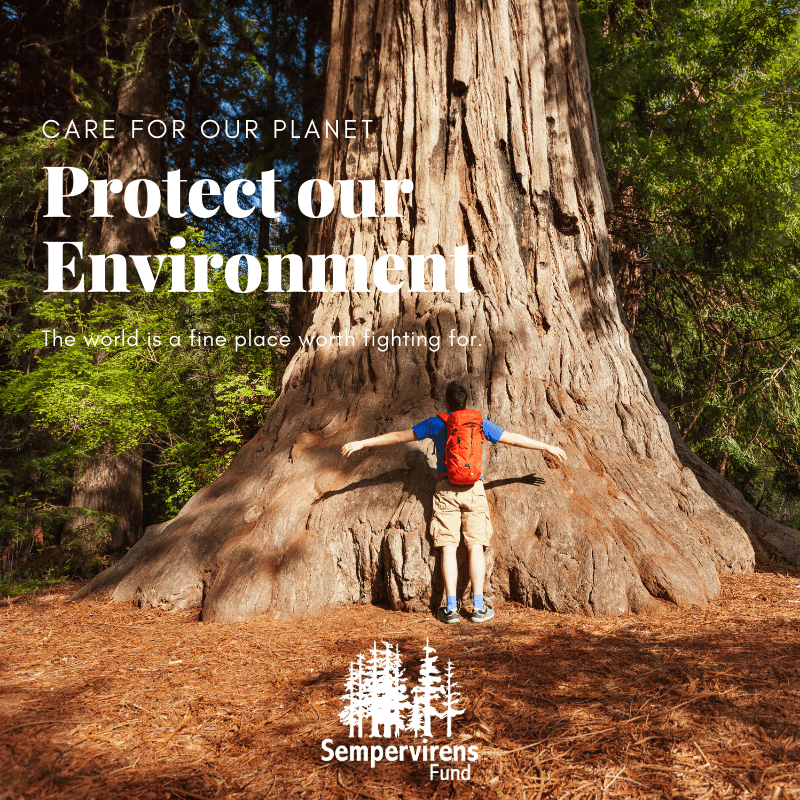Winter Wildfires
Rejoining the Paris Agreement and Restoring Redwoods
Earlier this week redwood forests in the Santa Cruz Mountains burned again, and mountain communities were being evacuated because of climate-induced wildfire. In January.
The winter wet season is when Californians should be able to let down our collective guard to the threat of fire. But the heartbreaking reality of winter wildfire is as hard to reconcile as are the massive tides, associated with sea-level rise, that jeopardize the infrastructure of our coastal communities; the scarce snowpack that threatens water reservoirs and the future of the ski industry in the Sierra Nevada Range; or the intense temperatures that have led to a rise in heat-related deaths in our desert regions. These are the tragedies borne of those who choose to pretend that climate change is not real.
We have stood witness, in shock, as our national political leaders turned away from the policies needed to stop climate change while California and vast parts of the Western United States have literally burned. But this was willful neglect. When the United States, the world’s leading source of climate pollution, pulled out of the legally binding Paris Climate Agreement in 2017, it effectively stalled international efforts to reduce climate pollution and address an existential, constant, and increasing threat.
On day one, in one of his first actions as President, Joe Biden announced the United States would rejoin the Paris Climate Agreement and once again be part of an alliance of nations committed to fighting for solutions to the climate crisis. This is an important step, but it is far from enough.
We hope this marks the beginning, and not the end, of the Biden Administration’s efforts to make the investments necessary to reduce America’s greenhouse gas emissions and enhance the resilience of our natural and human communities.
We hope that leadership at the national level catalyzes greater action at the state level. The State of California, under the bipartisan leadership of multiple governors, has long been at the forefront of efforts to curb greenhouse gas emissions and promote climate resilience. With partners finally to work with in Washington, D.C., we call on California’s leaders to recommit to do more, and do it faster, to address the urgency of the moment.
And at the local and regional level, we hope that each of you will join us in our renewed commitment to do our part. For Sempervirens Fund, that means accelerating the pace and scale of the redwood forests we protect and restore. Coast redwoods are remarkable trees for a great many reasons, not least of which is this: no tree species stores, or sequesters, more carbon than the mighty redwood. Their quick growth, enormous volume, and extraordinary longevity makes their carbon storage capacity even more valuable because it endures for hundreds, if not thousands, of years.
Only 5% of these once vast redwood forests are still standing, so each remaining acre is important. But older trees and healthier forests are more resilient to the detrimental impacts of climate change and better at storing carbon. So, protection of these redwood forests must be accompanied by proper management and stewardship.
As America rejoins the global effort to address climate change, please stand with Sempervirens Fund to restore redwood forests to their natural abundancy, and to build the forest resiliency we need, so future generations—of redwoods and people—can thrive. The alternative is simply inconceivable.
Sign the pledge.
